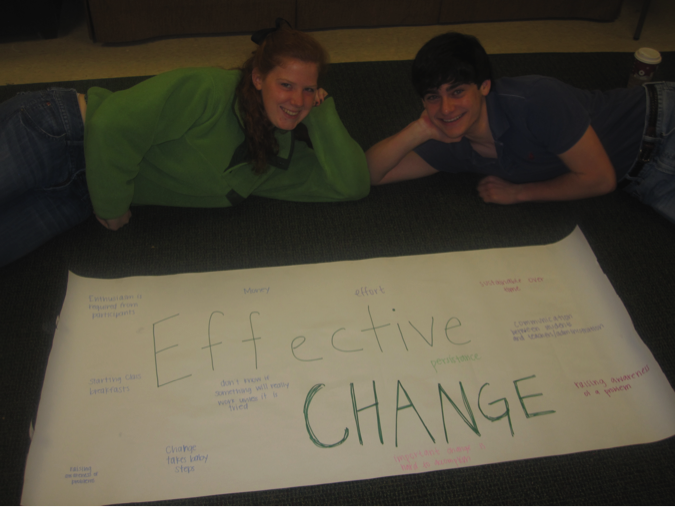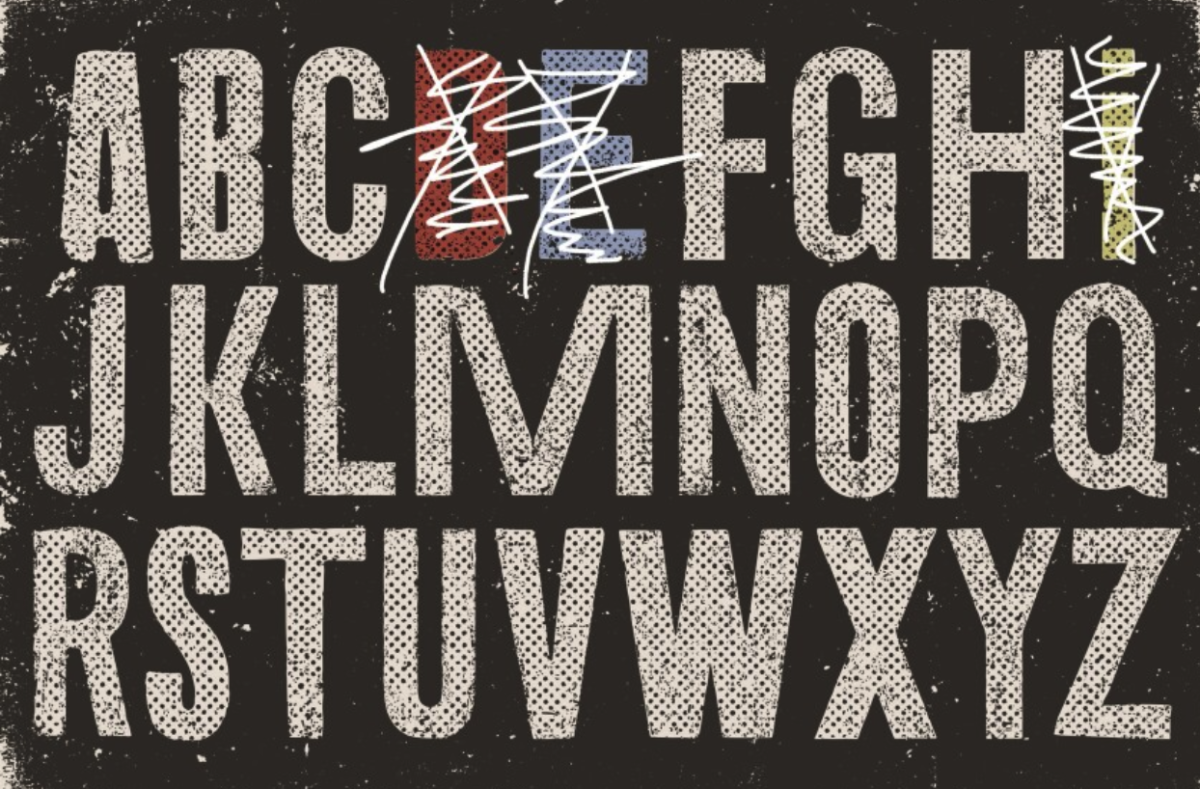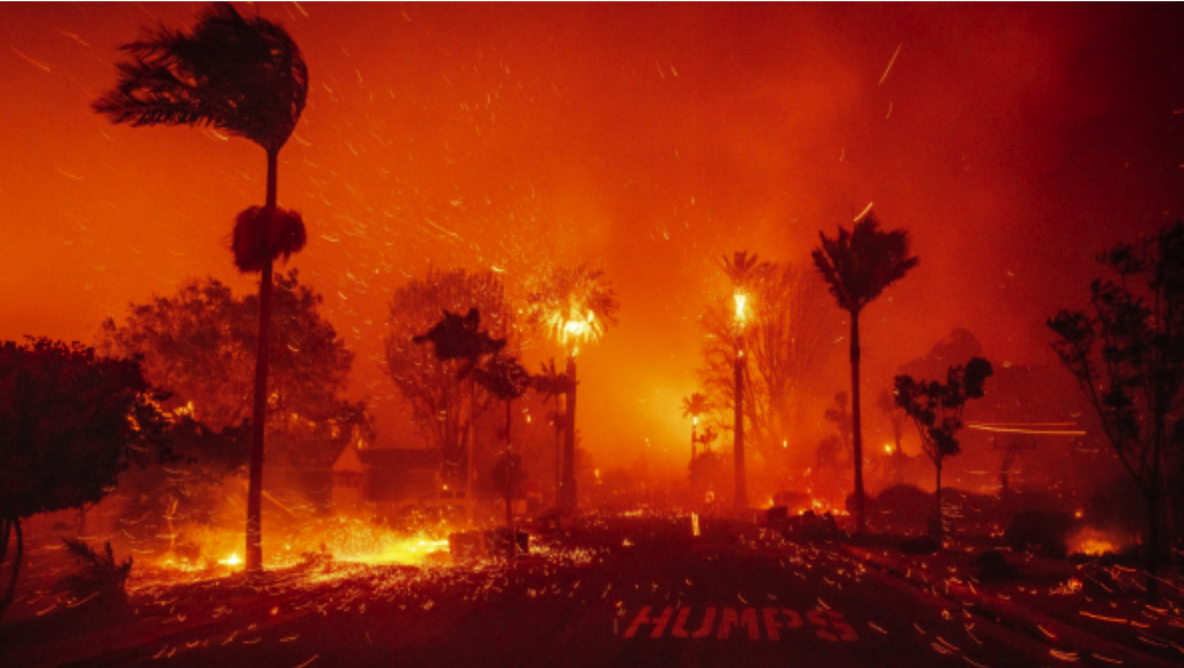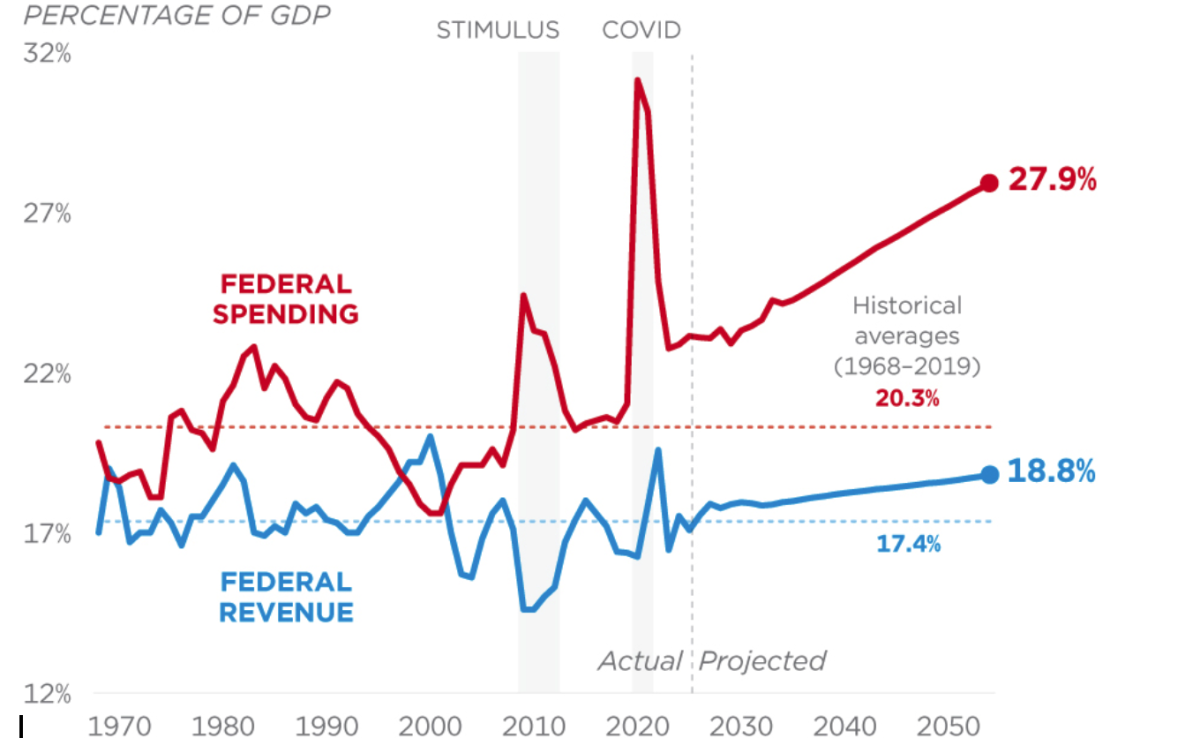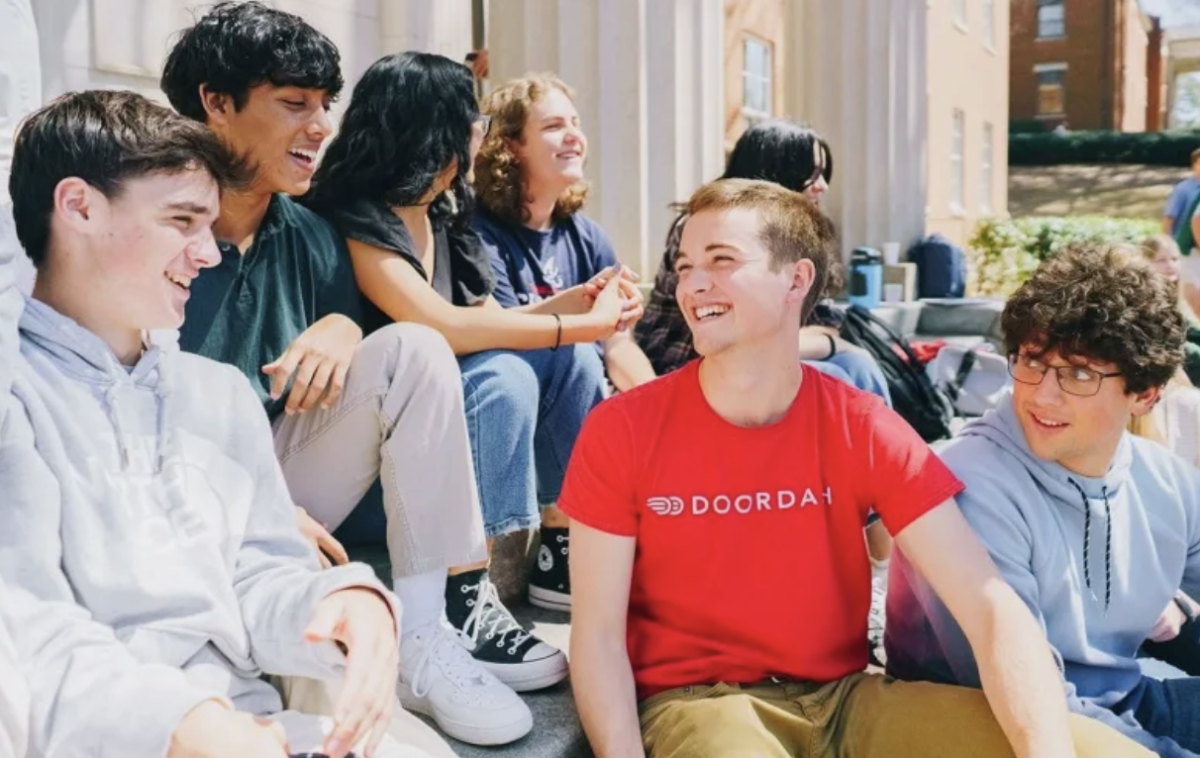Planning events, brainstorming new traditions, and working to effect changes that will impact the entire high school are all in a day’s work for the members of the student government. With a more centralized set up, the student government is dedicated to making this year one that will affect students in the long run. Last year student members worked to redesign the council to improve the efficiency of this student-led group. As a newly consolidated version of what had been three branches, this year’s student government works as a single unit to accomplish the tasks that used to be delegated among three councils.
“The reorganization has been working really well,” said faculty advisor Chelsea Kolff. “It has been a little bit harder because we used to have two councils doing events and one student council, and now we have one council doing the job.”
One way that the student government delegates its time and stays on top of all the tasks it is responsible for is by splitting up into subcommittees.
“We wanted each member of the student government to experience planning an event,” said senior co-chair Jason Friedman. “But we also realized that if we completely devoted our energy to planning events, we wouldn’t be able to give our other responsibilities proper attention.”
The subcommittees’ jobs within the student government include planning homecoming events, homecoming class competitions, Valentine’s Day, talent shows, dances, and communications.
“The subcommittees from a meeting aspect have been effective in saving us time so we don’t have to discuss little details in every meeting [because] we know someone is paying attention to them,” said senior co-chair Hays Bynum. “For example, on the day of homecoming, the members of the homecoming day events committee showed up early to help set up the slide, the bands, and the cotton candy machines so that the rest of the student government could focus on other things that needed to be done that day.” Besides getting all the members of the student government to roll up their sleeves to help plan events, Friedman and Bynum have given surveys to the student body in order to generate ideas so the student government can plan better events and make more meaningful changes.
“We want to represent the students and work on what they actually want us to work on, not what we assume they want us to work on. For that reason, we gave a survey at the beginning of the year to assess how students felt about past Westminster traditions,” said Friedman. “Our theme for the year is traditions old and new. What traditions from the past are truly worth keeping and what new traditions would we like to bring into play to take advantage of the school’s rapid changes?”
Some new traditions introduced this year for homecoming include having Dance Dance Revolution at the homecoming dance, and having cornhole, four square, and hula hoops available during the day.
“We added new activities because from the survey we saw that the students enjoyed everything there already was,” said Friedman, “but occasionally they would get bored and want more options.”
The student government has also responded to adversity with alacrity during these schoolwide events.
“One of the rungs on the ladder of the obstacle course was broken so we negotiated the company down to giving us half price,” said Friedman.
“The fact that the obstacle course was damaged certainly didn’t ruin the day for us,” said Bynum, “but the company needed to know that they didn’t deliver what we expected so we saw that as an opportunity to get some money back.”
“I feel like there was something at homecoming for everyone,” said senior Forester McClatchey. “The student government did a good job getting students excited about the events of the day.”
While student government has admittedly had a reputation of not being an active force on campus in the past, this year the student government is working hard to bring about change. The change can be seen in the short term, such as new activities at homecoming, but the student government has been working on long-term change as well, which is not so readily visible. “We have been trying to improve a lot of immediate things,” said Friedman. “Hopefully, the cumulative effect of those immediate things will leave a change on the student body as a whole, but rest assured, we are planning for the future as well.”
For example, in a recent meeting, each student government member was asked to brainstorm what major change they would make to Westminster if they could change anything, and then discuss other ideas with a small group of three other members. Near the end of the meeting, the groups presented each idea regardless of whether it seemed possible or not.
“We were more focused on generating ideas and seeing what kind of school students would like Westminster to become within the next fifteen years rather than on how to implement those ideas immediately,” said Bynum. “In meetings later this month, we will look carefully at all the ideas that were generated and narrow them down to a few that we think are achievable and worthwhile goals.” As the student government continues to carry out old traditions by planning events and seeking to improve the school, it is also paving a way for the future and creating new initiatives, like creating a blog. The communication subcommittee of the student government has worked diligently since the beginning of the school year to create a blog where pictures from student government sponsored events, updates from meetings, and news will be posted.
“Creating a blog has turned out to be a lot more work than we expected it to be,” said Friedman. “Freshman Whit Weinmann has put a lot of work on it, which I think will pay off in the end.” This year’s student government has worked diligently to keep old traditions while integrating new ones. While the student government has changed it structure, it looks forward to moving onward and upward in organizing activities along with representing the ideas of the student body.
